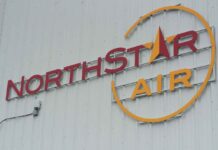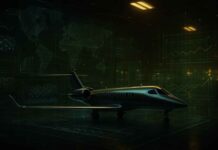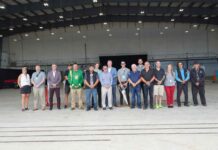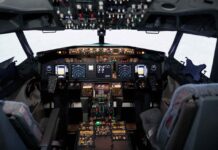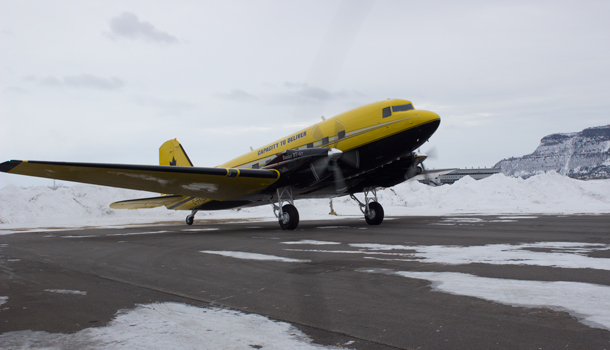
Aviation Keeps Advancing
SAN FRANCISCO, CA – When we talk about the advancements in aviation over the last quarter century or so, one of the topics that inevitably comes up is automation and the debate over whether or not the increase in its use in contemporary cockpits is a good thing.
While automation has increased pilot and passenger safety, making maintenance support easier, reducing fuel consumption and even helping reduce a plane’s crew needs, some still doubt whether many of the changes in automation are helping more than they are hurting.
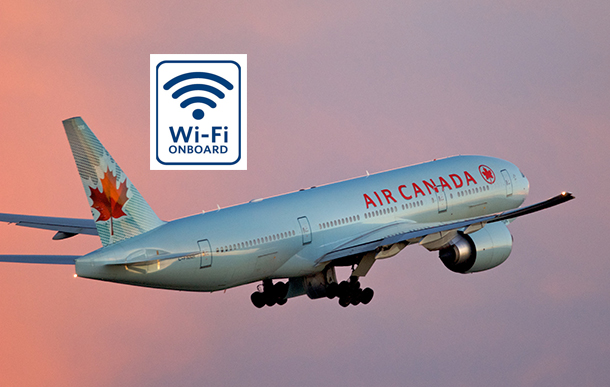
Aircraft are usually equipped with an advanced avionics system including a primary flight display (PFD), a certified global positioning system (GPS), a multifunctional display (MFD) with traffic graphics, and an autopilot system and are typically referred to as “avionics aircrafts.” In an avionics aircraft, the MFD is on the right computer screen and the PFD is on the left computer screen.
In addition to the PFD and MFD, there have also been huge improvements in the type of information sent to pilots through their electronic flight displays (EFDs). This information now includes a 3D-view of the upcoming terrain, mirror sectional charts, and databases containing information analysis.
Air Safety Video
Automation information analysis relates to cognitive functions such as inferential processes, which involves the manipulation of a variety of processed items and inputs. The end process quickly retrieves the information that is stored in the working memory. In a cockpit/flight deck, these systems provide predictive information to pilots such as the top of descent for optimizing the flight path and so forth.
Cockpit automation and the airline industry
Cockpit automation has been well received by the aviation industry and incident rates for advanced aircraft technology are lower than incident rates for conventional aircrafts. It is even believe that computers are performing better with the mechanical aspects of the aircraft which, in turn, is allowing the pilots to make better decisions.
Another reason why it is believed that cockpit automation is useful is that it replaces a variety of human-based decision-making processes with machine-based decision-making processes.
However, these advantages do come with a cost, and that cost is paid in the form of “human factors” issues. These issues include reduced situational awareness, flight crew workload, and the degradation of piloting skills.
The Flight Deck Automation (FDA) working group noted that it had concerns about incident reports that sometimes suggested that flight crews are having difficulties managing flight-path systems. The working group states that the appropriate use of such systems is required to ensure safety and implement operational concepts like area navigation, performance-based navigation and the required navigation performance systems.
Also, with modern cockpit automation controlling most of the aircraft, pilots are becoming supervisors of automated systems rather than actually participating in piloting the aircraft. This could eventually lead, according to Dr. Thomas “Mach” Schnell, the leading researcher of the three-year NASA-funded study at the University of Iowa’s Operator Performance Laboratory on Exploration of Pilots Interaction with Automation, to a loss of the stick and rudder skills a pilot should possess.
Slack Davis Aviation Attorneys point out that this dependence on technology is particularly strong in the cockpit, where advancements in aviation technology are allowing pilots to let the computer do the work all the time. . . except in the three minutes allocated for landing and takeoff. While these advancements are supposed to improve airline safety, say experts, they are also giving rise to a new issue called “automation addiction” – which occurs when pilots become so heavily dependent on their computers they forget how to fly.
Many believe “automation addiction” was the cause of the Asiana jetliner crash in San Francisco in 2013. Had the pilots simply looked out of the window, they would have realized they were flying too low. The increased reliance on automation, therefore, should not be a replacement for a pilot’s ability to operate the aircraft with his/her own skills and judgment.
Incident preventing via pilot training
In most of the incidents that are related to automation, there also seems to be a lack of proper pilot training. The Asiana crash, for example, emphasizes that the pilots failed to recognize the recovery technique they should have learned in their training sessions: the climb-up movement.
Even though it is unusual for automation systems to fail, pilots still need to be ready to cope with them if they occur. Unfortunately, it is more common that the pilot is not understanding what the automation is doing or telling them.
According to Sean Cassidy, ALPA (Airline Pilots’ Association)’s National Safety Coordinator Captain, , an imbalance between the use of manual flying skills and the use of automation can create challenges when it comes ensuring passenger safety.
ALPA also pointed out in its study Automation Addiction by attorneys Slack & Davis that the flying proficiency of a pilot diminishes proportionately to the increase in automation proficiency. In simpler terms, the study found that pilots were losing manual flying skills because of automation.
However, the International Federation of Air Line Pilots Association (IFALPA) later refuted the study, insisting that automation itself was not the problem. The problem, it claimed, lay with pilots who were taking a too passive role in overseeing the role of automation in flying the aircraft.
The only conclusion we can reach is that pilots need to be trained to work in harmony with automation and be as ready as possible to manually take over the flight.
Rachel Matthews

